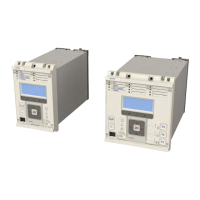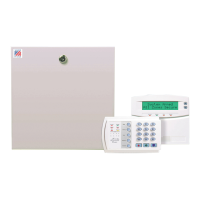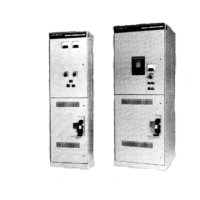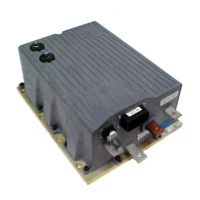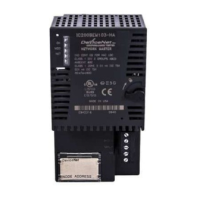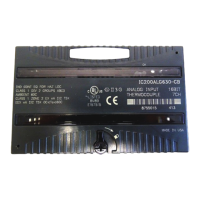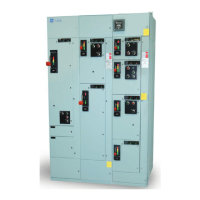Bit Indication Description Supported
1 Requested object(s) unknown
The relay does not have the specified objects or there are no objects assigned
to the r
equested class.
This IIN should be used for debugging purposes and usually indicates a
mismatch in device profiles or configuration problems.
Yes
2 Out of range
Parameters in the qualifier, range or data fields are not valid or out of range.
This is a 'catch-all' for application request formatting errors. It should only be
used for debugging purposes. This IIN usually indicates configuration
problems.
Yes
3 Buffer overflow
Event buffer(s), or other application buffers, have overflowed. The master
station should attempt to recover as much data as possible and indicate to the
user that there may be lost data. The appropriate error recovery procedures
should be initiated by the user.
Yes
4 Already executing
The received request was understood but the requested operation is already
executing.
5 Bad configuration
Set to indicate that the current configuration in the relay is corrupt. The
master station may download another configuration to the relay.
Yes
6 Reserved Always returned as zero.
7 Reserved Always returned as zero.
6.3.8.4 DNP3 RESPONSE STATUS CODES
When the device processes Control Relay Output Block (Object 12) requests, it returns a set of status codes; one for
each point contained within the original r
equest. The complete list of codes appears in the following table:
Code Number Identifier Name Description
0 Success The received request has been accepted, initiated, or queued.
1 Timeout
The request has not been accepted because the ‘operate’ message was received after the
arm timer (Select Before Operate) timed out.
The arm timer was started when the select operation for the same point was received.
2 No select
The request has not been accepted because no previous matching ‘select’ request exists. (An
‘operate’ message was sent to activate an output that was not previously armed with a
matching ‘select’ message).
3 Format error
The request has not been accepted because there were formatting errors in the control
request (‘select’, ‘operate’, or ‘direct operate’).
4 Not supported
The request has not been accepted because a control operation is not supported for this
point.
5 Already active
The request has not been accepted because the control queue is full or the point is already
active.
6 Hardware error The request has not been accepted because of control hardware problems.
7 Local The request has not been accepted because local access is in progress.
8 Too many operations The request has not been accepted because too many operations have been requested.
9 Not authorized The request has not been accepted because of insufficient authorization.
127 Undefined The request not been accepted because of some other undefined reason.
Note:
Code number
s 10 through to 126 are reserved for future use.
P24xM Chapter 16 - Communications
P24xM-TM-EN-2.1 335
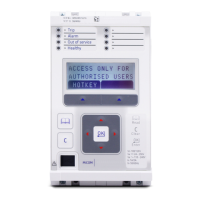
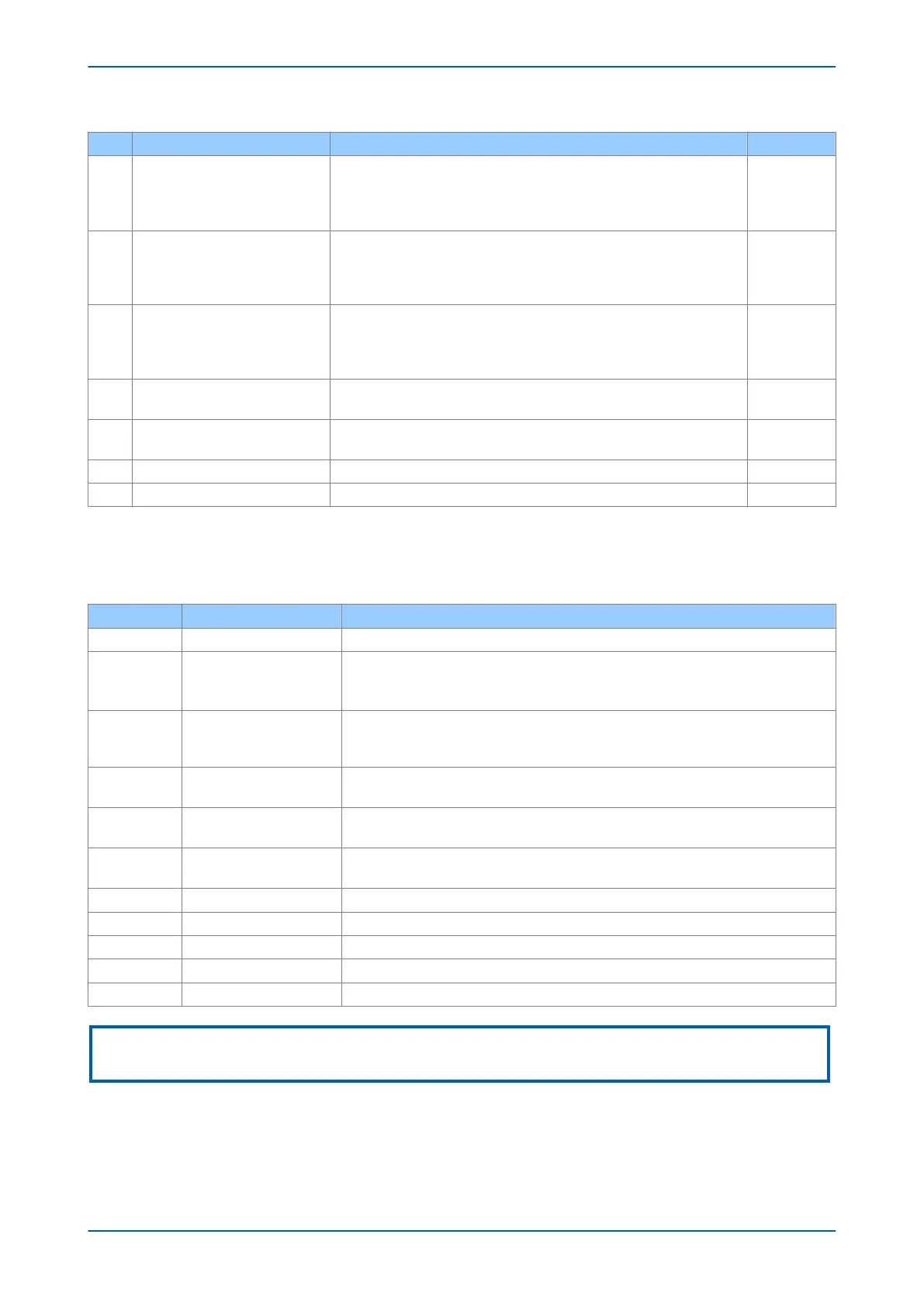